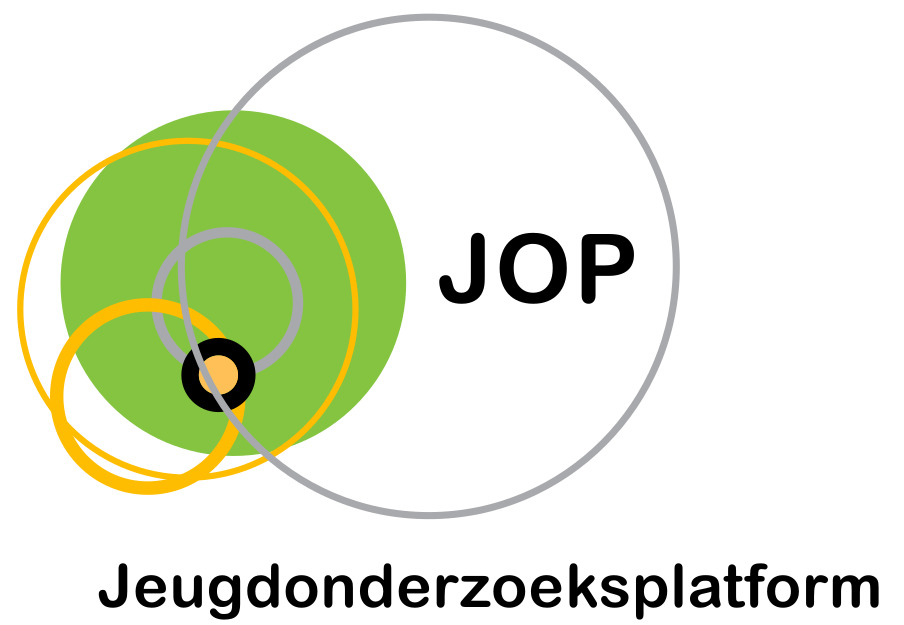Disclosing brand placement to young children.
Auteurs
De Pauw, P., Hudders, L., & Cauberghe, V. (2017).

Abstract
Ondanks verbod van de EU op merkplaatsing in kinderprogramma’s, wordt beargumenteerd dat kinderen nog steeds blootgesteld worden aan deze reclamevorm in veel gevallen. Bijgevolg, en aangezien kinderen mogelijks meer moeilijkheden hebben dan volwassen om de commerciële inhoud van de redactionele media waarin het ingebed is te onderscheiden, kan een reclame onthulling noodzakelijk zijn om hen in staat te stellen om te gaan met merkplaatsing. Dit artikel, bestaande uit twee one-factorial between-subject experimenten, onderzoekt hoe verschillende types van merkplaatsing waarschuwingen cognitieve reclamewijsheid beïnvloeden, en de attitude van merkplaatsing bij kinderen tussen de 8 en 10 jaar oud. In de eerste studie werd onderzocht hoe deze uitkomsten werden beïnvloed door waarschuwingen met verschillende waarnemingsmodaliteiten (geen vs. auditief vs. visueel, N = 98). De resultaten tonen aan dat een visuele waarschuwing effectiever was dan een auditieve (vs. geen waarschuwing) bij het aanspreken van cognitieve reclamewijsheid. Echter, de hogere cognitieve reclamewijsheid kon het effect van de visuele waarschuwing op merk attitude niet verklaren. In een tweede studie werd onderzocht of de effectiviteit van een visuele waarschuwing werd beïnvloed door de timing van de onthulling (waarschuwing voor vs. tijdens merkplaatsing, N = 142). Daarenboven werd getest of het effect van de waarschuwing op merkplaatsing op merk attitude kon verklaard worden door cognitieve reclamewijsheid, als kinderen hun sceptische attitude over merkplaatsing in rekening werd gebracht. De resultaten tonen aan dat cognitieve reclamewijsheid hoger was indien de waarschuwing vooraf te zien was. Deze waarschuwing-beïnvloede cognitieve reclamewijsheid resulteerde in een positievere merk attitude, maar enkel bij kinderen die minder sceptisch waren over merkplaatsing. Deze positieve relatie verdween bij kinderen die gemiddeld tot hoog sceptische waren. Deze bevindingen hebben belangrijke theoretische, praktische en sociale implicaties.
In spite of the EU’s prohibition on brand placement in children’s programmes, it is argued that children may still be exposed to this advertising format in many occasions. Consequently, and as children may have even more difficulties than adults to distinguish the commercial content from the editorial media content in which it is embedded, an advertising disclosure may be necessary to enable them to cope with brand placement. Entailing two onefactorial between-subjects experiments, the current article examined how different types of brand placement warning cues influenced cognitive advertising literacy and the attitude toward the placed brand, among children between 8 and 10 years old. In a first study, it was investigated how these outcomes were influenced by warning cues with different perceptual modalities (no vs. auditory vs. visual cue, N = 98). The results showed that a visual warning cue was more effective than an auditory warning cue (vs. no warning cue) in addressing cognitive advertising literacy. However, this higher cognitive advertising literacy could not account for the effect of the visual warning cue on brand attitude. In a second study, it was examined whether the effectiveness of this visual warning cue was influenced by the timing of disclosure (cue prior to vs. during media containing brand placement, N = 142). Additionally, it was tested whether the effect of the cue on brand attitude could be explained by cognitive advertising literacy if children’s sceptical attitude toward the brand placement format was taken into account. The results showed that cognitive advertising literacy was higher when the cue was shown prior to than during the media content. This cue-influenced cognitive advertising literacy resulted in a more positive brand attitude, but only among children who were less sceptical toward brand placement. This positive relation disappeared among moderately and highly sceptical children. These findings have significant theoretical, practical and social implications.
Referentie
De Pauw, P., Hudders, L., & Cauberghe, V. (2017). Disclosing brand placement to young children. International Journal of Advertising, 1-18.
Taal
Engels
Publicatievorm
Tijdschriftartikel
ISBN
10.1080/02650487.2017.1335040
Trefwoorden
Kinderen; sponsering onthulling; merkplaatsing; reclamewijsheid; scepticisme
